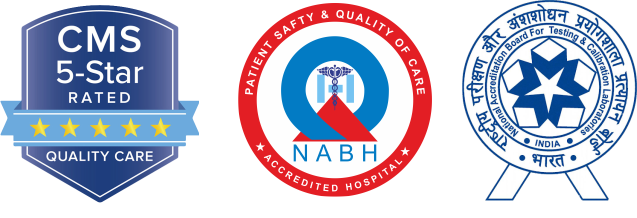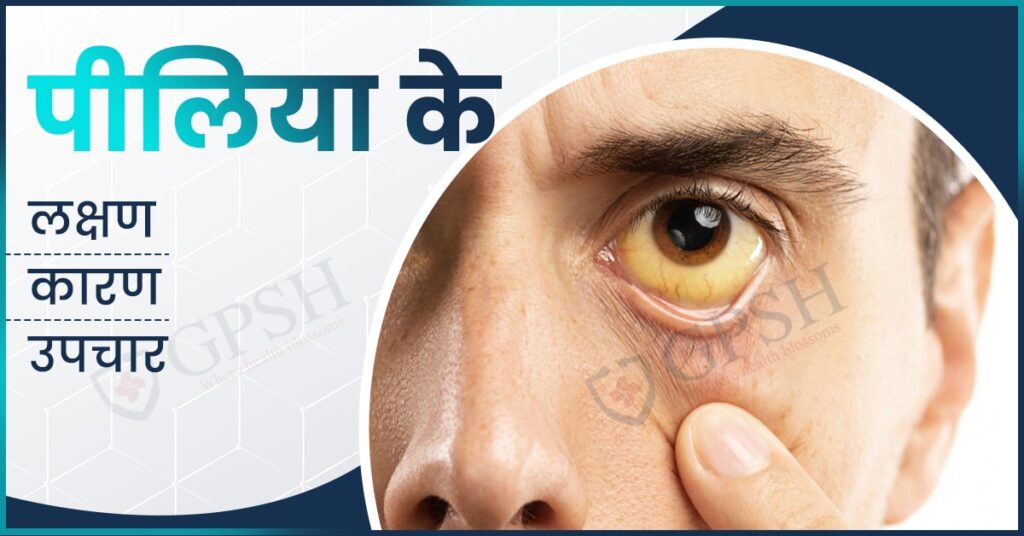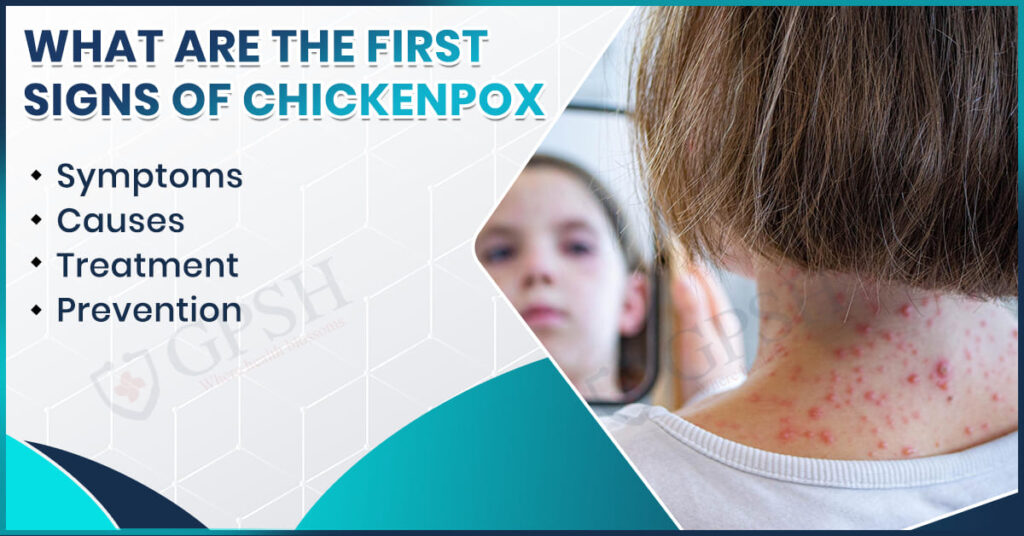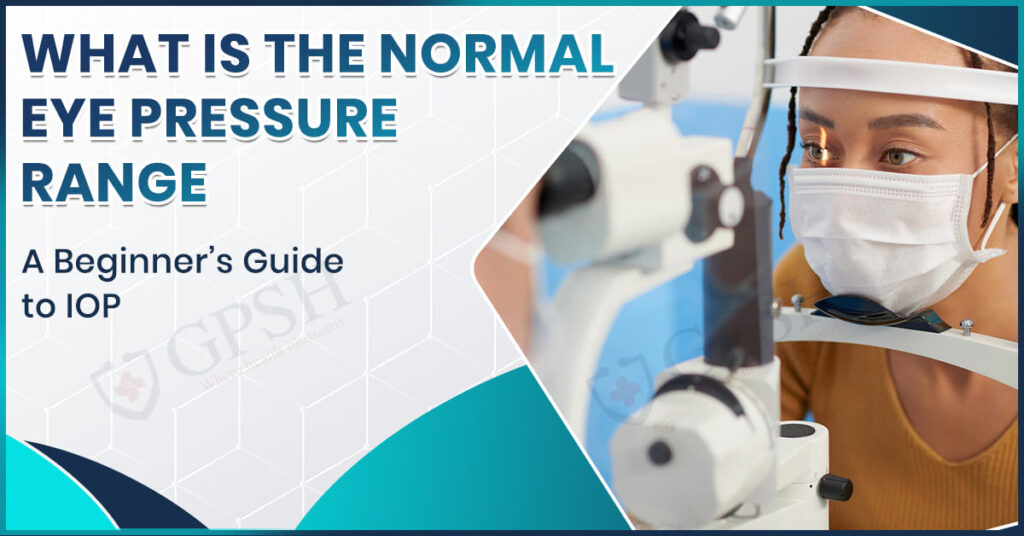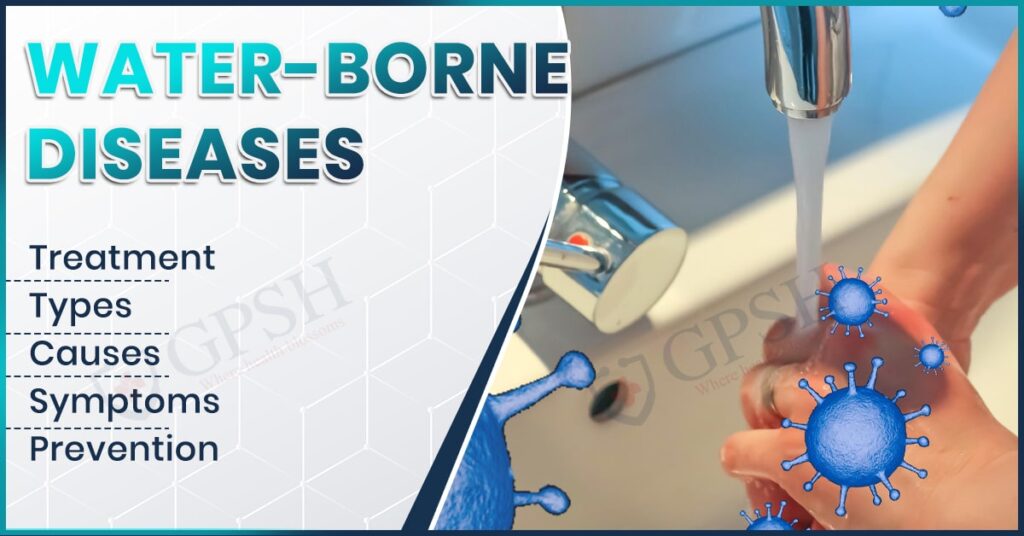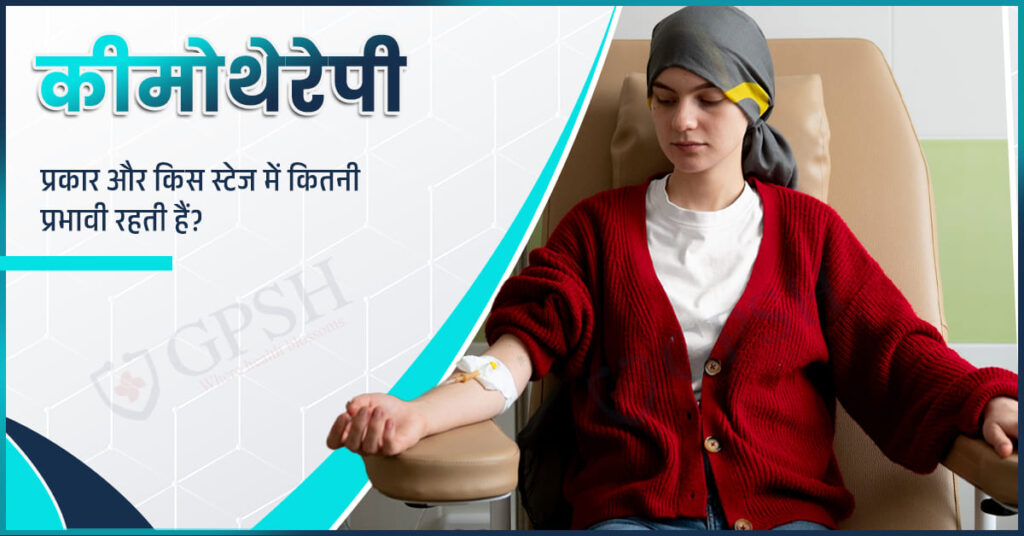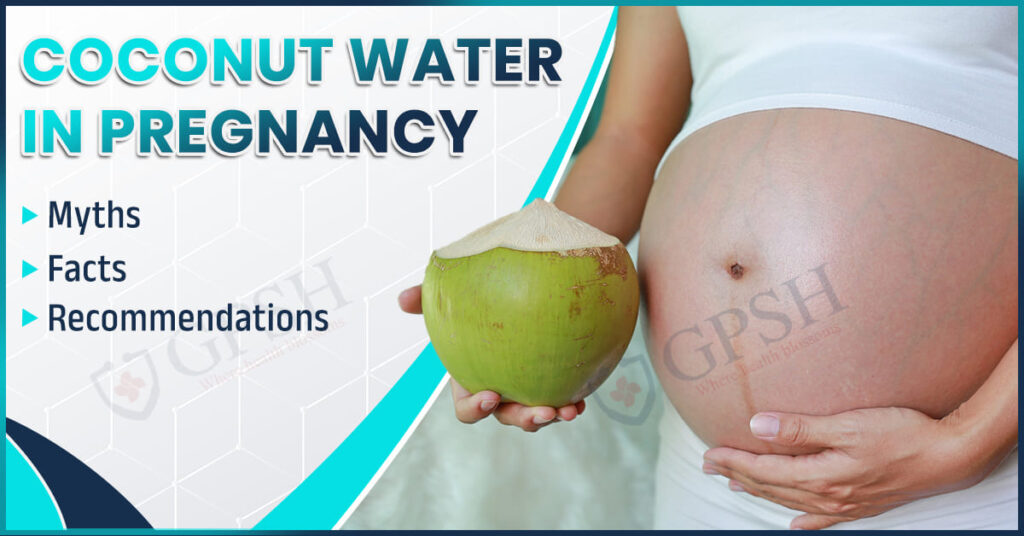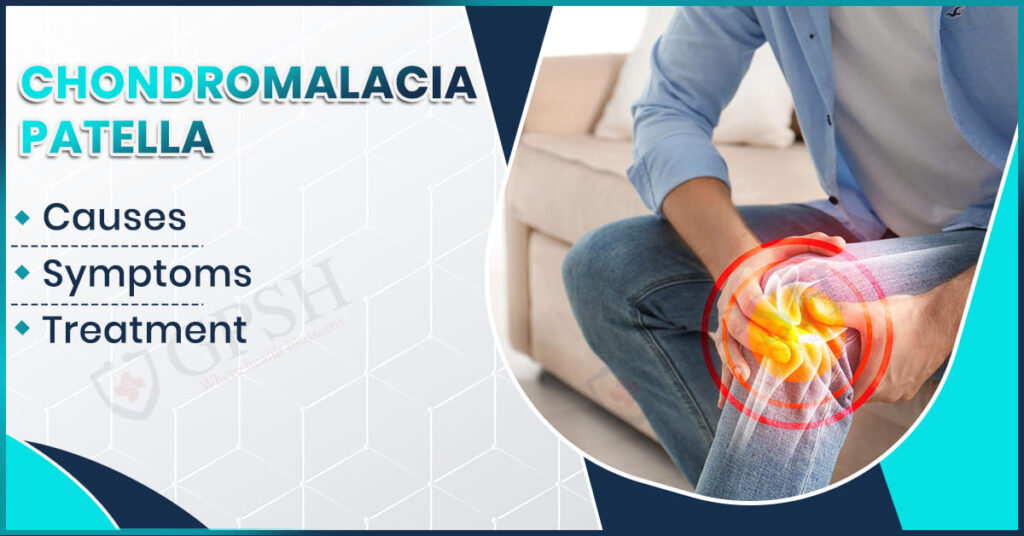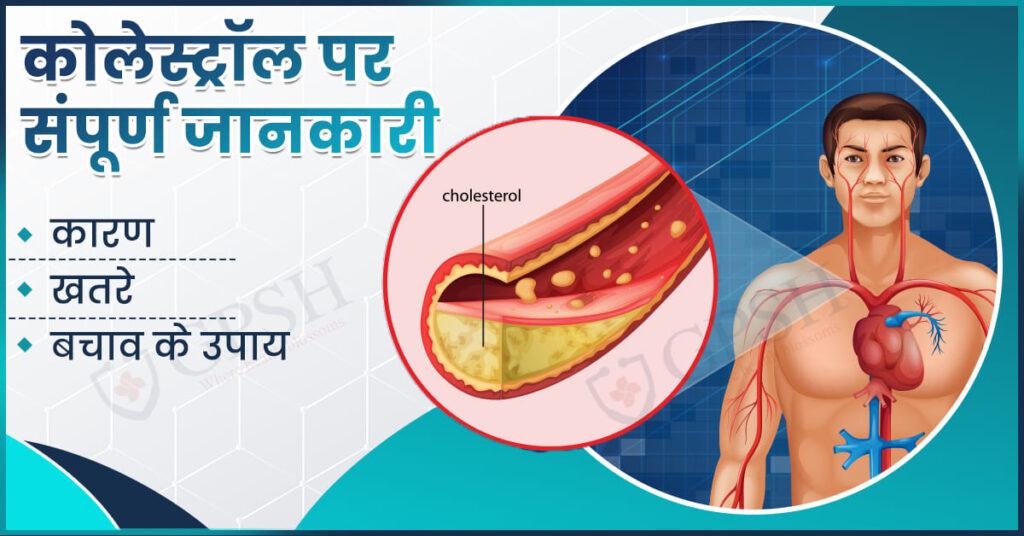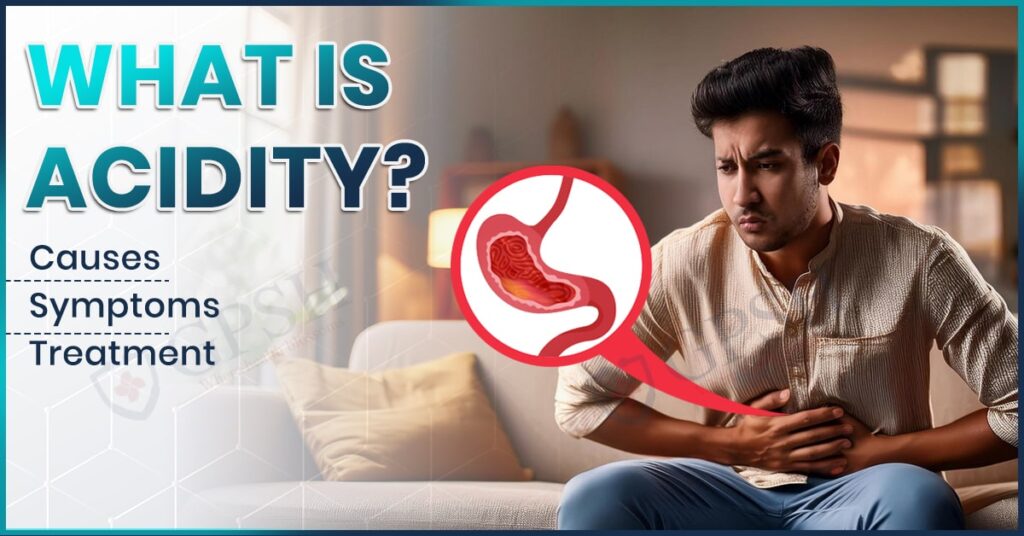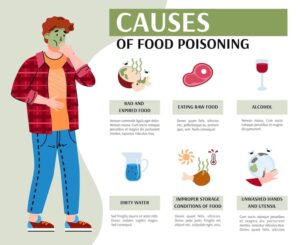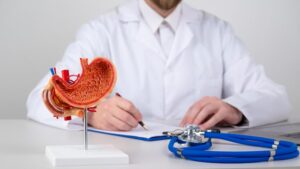Grade 2 Fatty Liver: Risk, Symptoms, Causes and Treatment
Fatty liver is a condition that has become quite common as it develops due to poor lifestyle habits, such as excess weight gain, lack of exercise or physical activity and unhealthy eating. It is caused by the storage of extra fat in the liver cells. The condition ranges from Grade 1, Grade 2, and Grade 3 stages. Grade 2 Fatty Liver indicates moderate fatty liver, where a large amount of fat is stored, leading to scarring and inflammation. If left unchecked or untreated, the chances of developing liver infections or cancer increase in such patients.
How to treat Fatty liver Grade 2? What are the causes of this condition? What are the treatment options? If that’s what you’re thinking, then here is a guide helping you understand in detail all about the condition:
1. What is Grade 2 Fatty Liver?
What is the condition, and can it be life-threatening? Before we focus on the Grade 2 level of fatty liver disease, let us know about the different stages here:
- Grade 1 (Simple Fatty Liver): At this stage, mild storage of fat in the liver is found, which may lead to almost no or little inflammation.
- Grade 2 (Moderate Fatty Liver): At this stage, moderate storage or buildup of fat progresses in the patient, which will lead to swelling and inflammation of liver cells
- Grade 3 (Severe Fatty Liver): In this stage, the storage of fat levels in the liver is high and can lead to scarring, inflammation, or cirrhosis.
Moderate hepatic steatosis or Grade 2 Fatty Liver indicates that the patient has moderate fat deposits, which can lead to swelling in the liver and may also lead to inflammation. The disease is further classified into two main types:
- Alcoholic Fatty Liver Disease (AFLD): It is caused by heavy alcohol use/consumption
- Non-Alcoholic Fatty Liver Disease (NAFLD): It occurs in people who are non-drinkers
Both types of Fatty liver Grade 2 can lead to severe conditions that include cirrhosis, non-alcoholic steatohepatitis, liver cancer, and more.
2. What Causes Grade 2 Fatty Liver?
Wondering what the causes of fatty liver are? Well, there are several factors that can cause Stage 2 fatty liver disease. Some of the most common causes are:
High Blood Pressure:
People who are suffering from high blood pressure can also develop fatty liver disease, as it negatively impacts the overall metabolic function. This may encourage the accumulation of fat in the liver cells.
Overweight:
Obesity is indeed one of the most common causes of Grade 2 fatty liver disease. The extra fat around the belly releases fatty acids in the bloodstream, which eventually increases the storage of the fat in the liver cells.
Type 2 Diabetes & Insulin Resistance:
People who are suffering from type 2 diabetes or have insulin resistance are at greater risk of developing a fatty liver. Insulin resistance leads to an increase in blood sugar levels, which eventually promotes liver fat buildup.
Poor Lifestyle:
Lack of exercise, an imbalanced diet, and a poor lifestyle can also cause fatty liver disease. All these factors can lead to obesity and metabolic issues, which are prominent reasons behind the increased storage of fat in the liver cells.
Hereditary:
Genetic factors also lead to fatty liver in people. Certain inherited gene variations are likely to develop NAFLD. It can affect even individuals who like typical factors such as type 2 diabetes and obesity.
Alcohol Consumption:
An individual who consumes too much alcohol is at risk of developing the disease, as it affects the functioning ability of the liver, accumulating fat storage, which eventually leads to alcoholic fatty liver disease.
Drug-Related Causes:
Long-term use of certain medications, such as steroids, antiretroviral drugs, cancer treatments, and so on, can lead to the risk of developing fatty liver disease. Such drugs can impair normal liver metabolism, which eventually leads to the storage of fat in the liver cells.
You can read also:- What Are the First Signs of Chickenpox? Symptoms, Causes, Treatment & Prevention
3. Symptoms of Grade 2 Fatty Liver
How would I know if I’m suffering from a fatty liver? Are there any Grade 2 fatty liver symptoms? The early stage of fatty liver may not indicate symptoms. However, with the worsening of the condition, it may advance into stage 2 of the disease. Some of the most common symptoms include:
- Weight Fluctuations:
An individual suffering from a fatty liver may experience sudden weight gain or weight loss. However, the change is not quite significant or noticeable.
- Jaundice:
One of the most prominent symptoms includes jaundice, in which the skin and the white of the eyes appear yellowish. It indicates a worsening condition of the liver.
- Constant Tiredness:
Another symptom that one might experience due to fatty liver is fatigue. This may be due to the reduced ability of the liver to detoxify the body.
- Pain or Discomfort in The Upper Right Abdomen:
People suffering from fatty liver may experience a feeling of discomfort or fullness under the rib cage. This indicates liver enlargement (hepatomegaly).
- Swelling in Legs or Abdomen:
Some people may experience swelling in the legs and abdomen, which is caused by increased fluid retention and the declining functioning of the liver.
- Blood Tests Abnormalities:
Some liver function tests may show elevated levels of liver enzymes, such as AST and ALT, which usually indicate liver inflammation or stress in the liver.
Apart from that, some individuals may also experience heaviness in the abdominal area, loss of appetite, nausea, mental fog, or weakness. However, most of the symptoms are not noticeable in individuals suffering from Grade 2 fatty liver disease until it is severe.
4. Treatment Options for Grade 2 Fatty Liver
Wondering if there are any treatments available for fatty liver disease. What is the best Grade 2 fatty liver treatment? Can it be cured? The first step to the treatment involves diagnosing the disease. The doctor will go through your medical history, physical exam and run several tests such as Blood test, ultrasound, liver biopsy, CT scan or MRI, Elastography, etc, as per the severity of the condition.
In terms of treatment, the effect of Fatty liver Grade 2 can be reversed, but it cannot be fully cured. The treatment usually involves making certain lifestyle changes, as there is no proper medication available for curing the disease. Some of the most common lifestyle changes that patients suffering from fatty liver disease include:
Balancing Diet:
One of the most effective treatments for fatty liver is to make healthier dietary changes. It is best to exclude sugary foods, processed foods, and alcohol consumption from your diet and switch to a more nutrient-rich diet by including lean proteins, whole grains, vegetables, fruits, healthy fats, and so on that can improve liver health.
Exercise & Physical Activity:
Being more active and indulging yourself in daily exercise can really help you improve your liver health condition, as it improves insulin resistance, aids weight loss, and also controls cholesterol levels. You can include activities such as cycling, running, walking, or sports activities to reduce liver fat.
Losing Weight:
One of the most effective ways to reverse fatty liver disease is to lose weight, as it can improve your liver function and decrease the storage of fat in the liver. Only a weight loss of 5 to 10% can help you improve the condition by reducing inflammation, lowering fat levels, and also improving insulin resistance in the liver.
Avoid Consumption of Alcohol:
People who are suffering from stage 2 alcoholic moderate liver fatty disease need to avoid the consumption of alcohol. Continual usage of alcohol can lead to severe damage and inflammation.
Liver-Related Drugs:
Is there any medicine that is best for Grade 2 fatty liver treatment? Well, there is no specific medicine that can treat the disease, but there are certain medicines for other related issues, such as high cholesterol, high blood pressure, and diabetes, which can eventually help in reducing the complications.
Maintenance & Follow Up:
It is best for an individual suffering from fatty liver disease to take treatment from a healthcare provider on a regular basis. The doctor will monitor the liver function and also help in managing the underlying issues that can increase the chances of any progression of the condition.
You can read also:- What Is the Normal Eye Pressure Range? A Beginner’s Guide to IOP
5. Risk Factors for Grade 2 Fatty Liver
If a person is experiencing Grade 2 fatty liver symptoms, then it is best to get the right treatment and work on improving the condition, as it may progress to severe levels if left untreated. Some of the most common conditions that one can suffer due to prolonged inflammation and long-term damage include:
- Liver Fibrosis: A condition in which the tissue of the liver hardens and scars, impairing the liver’s functioning.
- Non-Alcoholic Steatohepatitis (NASH): A condition in which the liver inflammation increases, and it may even damage the liver cells.
- Liver Cancer: Prolonged liver inflammation and cirrhosis increase the chances of hepatocellular carcinoma, which can lead to liver cancer.
- Cirrhosis: A condition in which fibrosis progresses and develops into cirrhosis, which can eventually lead to liver failure.
- Other Conditions: Some of the other conditions that one can develop due to prolonged fatty liver are increased chances of heart disease, elevated levels of insulin resistance and type 2 diabetes, Portal Hypertension, etc.
6. Conclusion
Grade 2 Fatty Liver is a disease that can be life-threatening if left untreated. It is best to get medical guidance and treatment to help you recover your overall liver health. Shekhawati Hospital is a prominent name in the industry that offers compassionate healthcare services along with state-of-the-art facilities and medical experts in several fields, including Internal Medicine & Critical Care, Gastroenterology, Cardiology, and Radiology.
Our hospital offers accurate diagnostic treatment, as well as compassionate care to the patients under the leadership of expert doctors, such as Dr Tanmay Pareek – Consultant GI Surgeon (Gastroenterology) and a qualified medical team. From offering Fatty Liver evaluation & treatment, Liver Function Tests & Imaging, to helping patients offer diet, lifestyle, and weight management guidance, we offer a wide range of services tailored to their health needs.
So, reach out to our expert doctors and specialists at Shekhawati Hospital and be sure to get an exceptional and comprehensive treatment for all your health concerns!
Grade 2 Fatty Liver: Risk, Symptoms, Causes and Treatment Read More »

